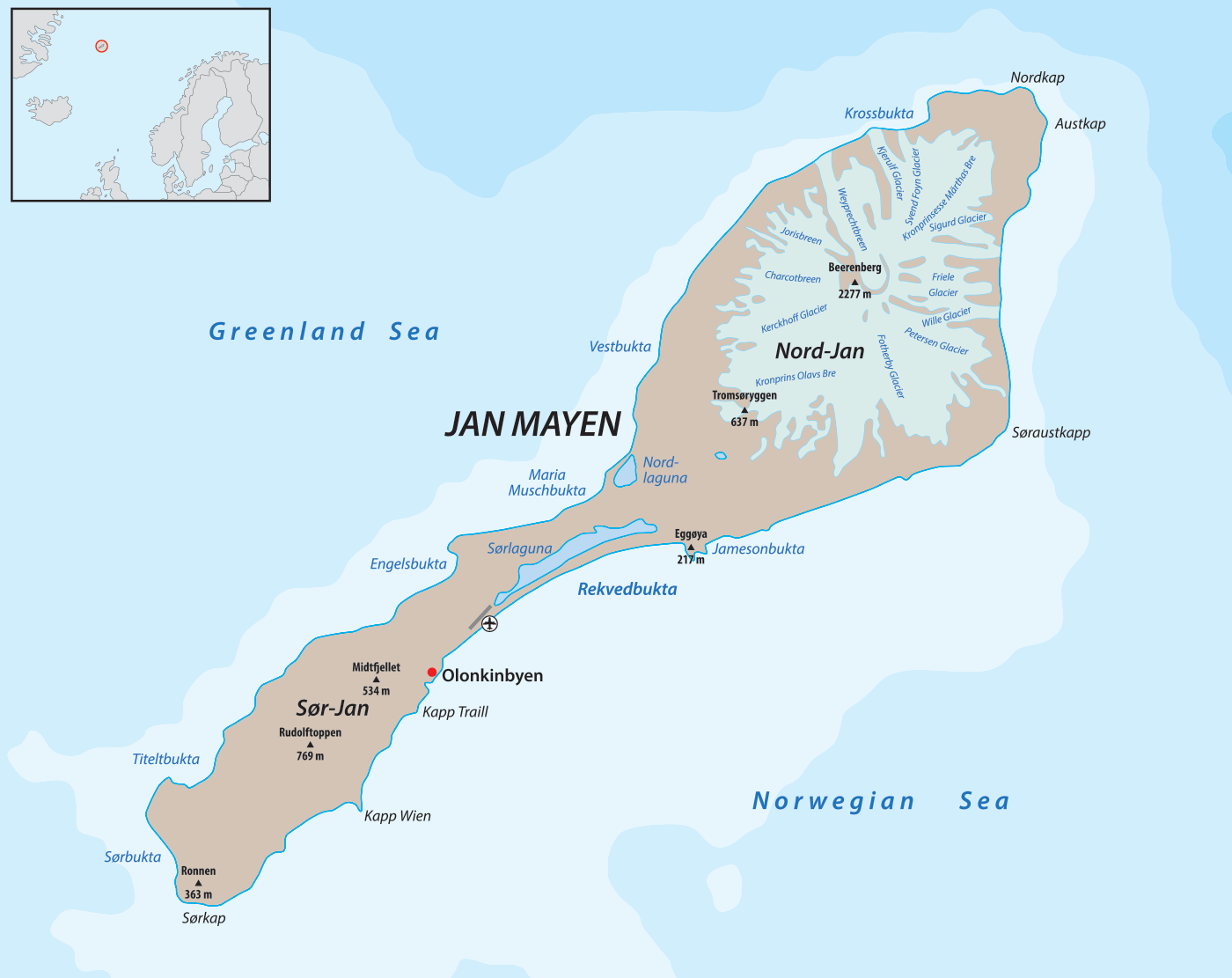Jan Mayan
Need Subheading Here
At the midpoint between Iceland, Svalbard, and Greenland lies the enigmatic volcanic island of Jan Mayen, a lonely rock in the middle of the Arctic Ocean. This volcanic island, hosting Norway’s only active volcano, is an incredible sight and a rare gem for any Arctic explorer. Even more isolated and seldom visited than Svalbard, this island has fascinated travelers for centuries, not only because of its isolation, but also due to the almost perpetual clouds and fog that hover almost permanently above it. Jan Mayen is an integral part of Norway, although no civilians live here. Beerenberg, the summit of the volcano and the highest point of the island, reaches 2,277 meters, making it one of Norway’s 300 mountains over 2000m.
Landing on this island is exceptionally challenging, with strong swells, high winds, and thick fog all frequent features of the island’s weather. The volcanic origin of the landscape is visible all over with cinder cones, lava flows, and ash covering the lowlands, and the Fuji-esque peak of Beerenberg looming above.
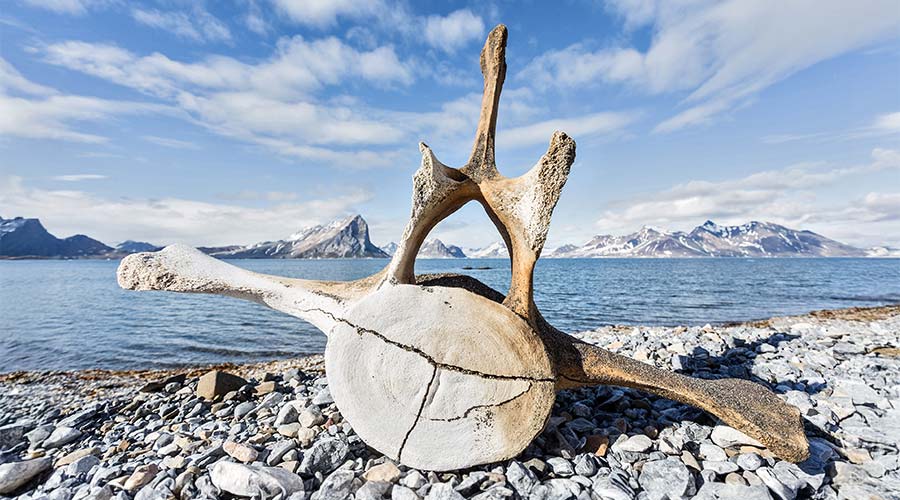
A History Dominated by Whaling
Jan Mayen’s history is largely characterized by whaling and sealing expeditions. The island was first discovered by Dutch whaler Jan Jacobszoon May van Schellinkhout in 1614, after whom it is named. It became a Dutch whaling base, and several whale oil boilers were established to extract oil from whale blubber. As a result of the extensive hunting, the Greenland whale was driven to the brink of extinction, and the whaling operations in Jan Mayen came to an end in 1650. It was then left vacant for the next 200 years.
Its remoteness and harsh environment meant it remained largely uninhabited for centuries, only recently becoming more significant due to its meteorological importance and use by the Norwegian Armed Forces. The settlement of Olonkinbyen was established to house the personnel responsible for maintaining the island’s infrastructure and weather stations, a vital part of Arctic weather forecasting.
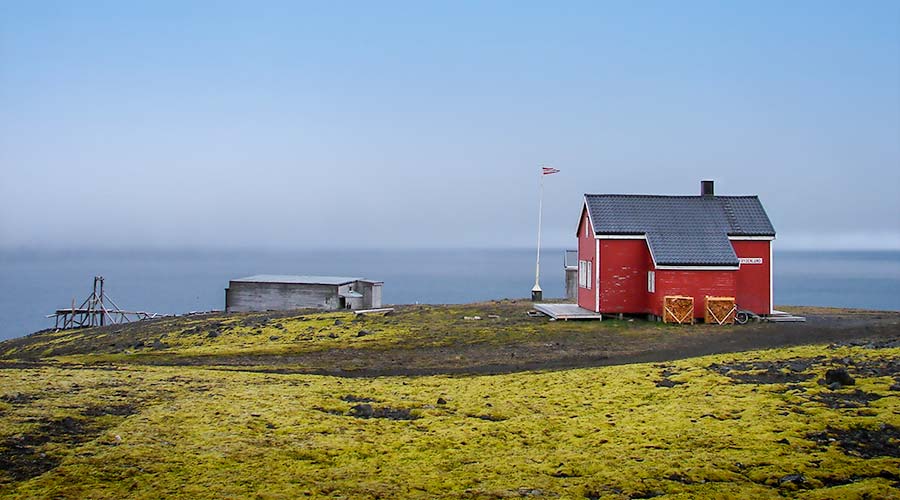
No Danger of Overpopulation
The island has no permanent population and is inhabited by only 18 hearty souls year-round, comprising meteorological station staff and Norwegian Military personnel. These individuals live on the island for six-month rotations, with 14 of them working for the Norwegian Armed Forces and four employed by the Norwegian Meteorological Institute. Their primary duties include operating the island’s meteorological station, maintaining Jan Mayensfield airfield, and overseeing other essential infrastructure.
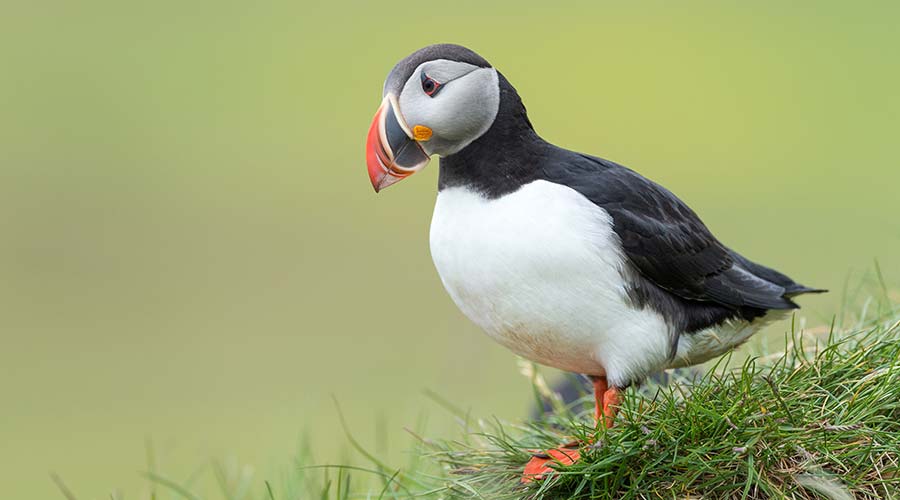
The High-Flying Wildlife of Jan Mayen
Jan Maven is a haven for seabirds. While the island’s volcanic and glacial terrain limits wildlife, the island’s cliffs are home to large colonies of Atlantic puffins, guillemots, and northern fulmars, which take advantage of the island’s undisturbed cliffs to breed and nest. The island’s surrounding waters are also home to various marine mammals, such as harbor and bearded seals, along with Humpback and Minke whales, which thrive in the nutrient-rich waters brought by the Gulf Stream.
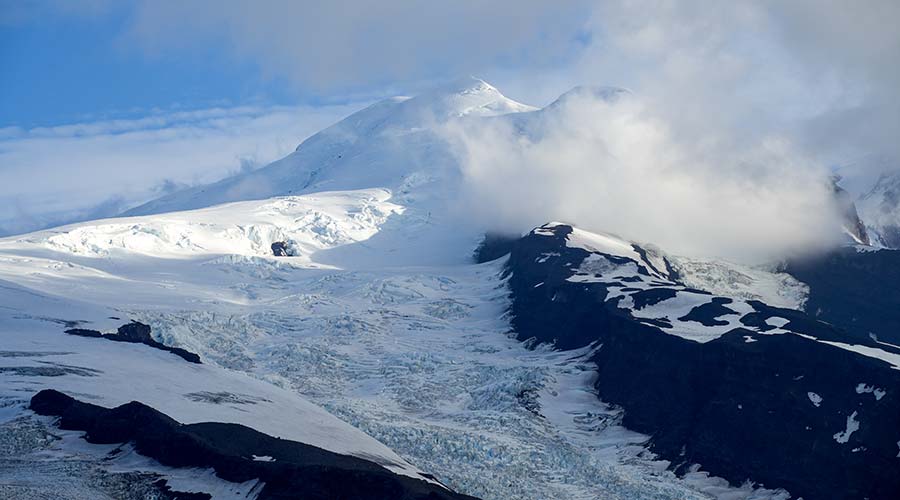
Forecast for Today and Every Day: Cloudy
Despite its Arctic location, Jan Mayen experiences relatively mild seasonal temperature variations, with summer temperatures peaking around 6°C (43°F) in August and winter lows reaching approximately -4°C (25°F) in March. The island’s most notable climate feature is its consistent cloud cover, which results in very little sunshine, even during the polar day when the sun remains above the horizon. The island’s deep snow cover prevents the development of permafrost, making the terrain unique compared to other polar regions. This consistent snow, combined with the polar climate, makes Jan Mayen an intriguing place for meteorological study, with the staff at the station regularly releasing radiosondes and conducting weather observations.
Expeditions That Include Jan Mayen
Note:
We could potentially feature all Jan Mayen trips here once they are all built – by saving each as a global template, maybe?

